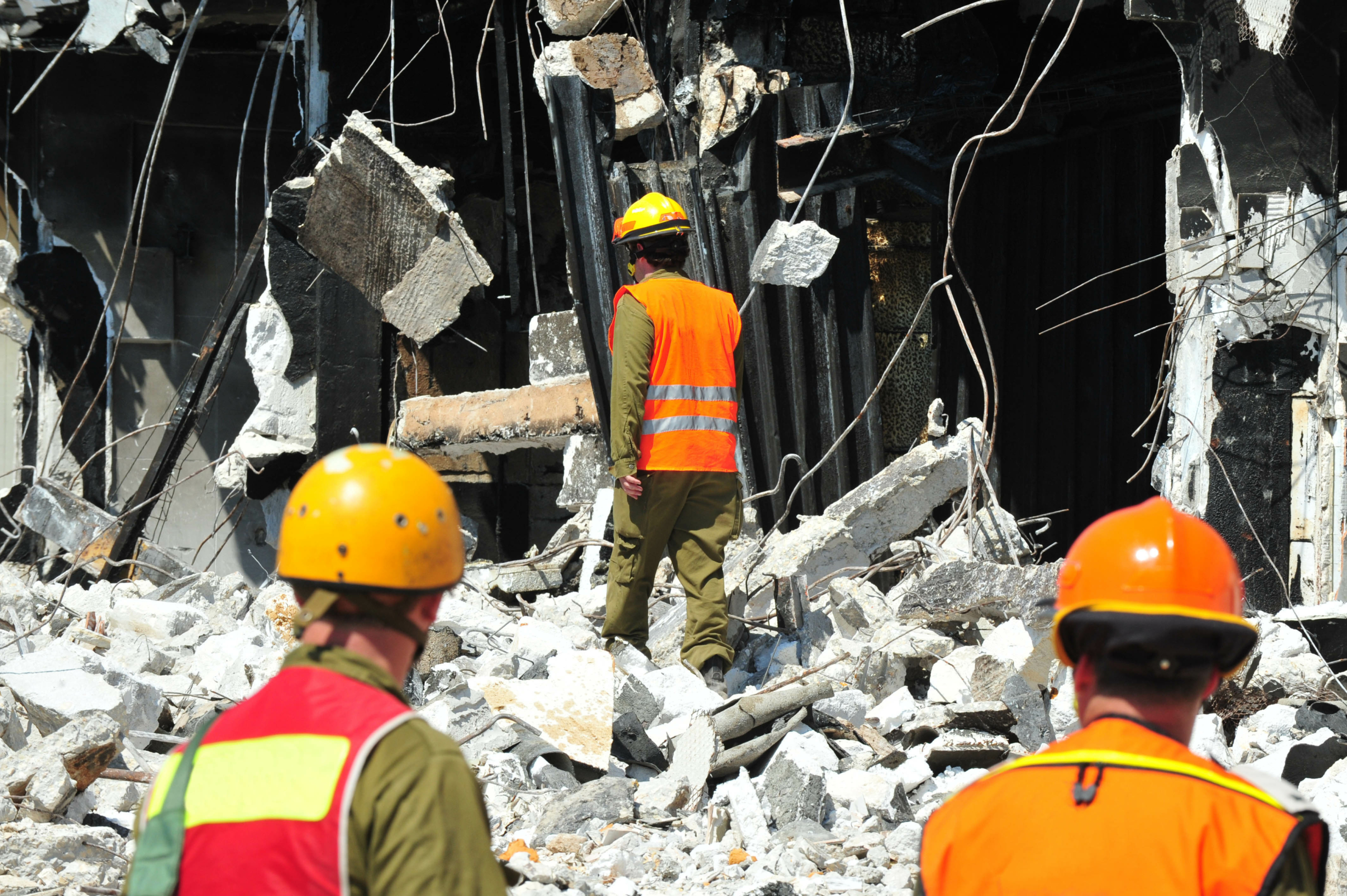In the medical profession, it is not unthinkable that we might have to triage people during a mass casualty incident, or MCI. From multi-vehicle car crashes, mass shootings, terroristic attacks, and even weather-related incidents, such as tornados, earthquakes, or hurricanes. Within just a matter of moments, we can easily become overwhelmed by patients, all begging for our help; and we need to think strategically, not emotionally, to determine what is going on, and what resources we will need.
As the first medics on scene, it is our job to triage, or sort, people into groups, to determine how many people are sick or injured, and how critical they are. Regardless of if you’re using START, JumpStart, SALT, or another form of triage, we will not provide any extensive treatment to any of our patients at this time, we are just sorting them. This can become emotionally difficult for first responders. For most of us, it is not in our nature to not immediately help those who might be bleeding, crying, screaming, or even those who are fighting for their life. But during the triage phase, we cannot get distracted or tunnel vision with just one person, we need to look at the whole picture.
“Anyone who can walk, move over here, and wait for us.” This helps us to know who is the least critical, and they can wait a while, if necessary, for medical treatment. Those are our “green” patients. “Those who cannot walk, try to wave your hand.” This tells us that they are too injured or sick to move, but they are still hemodynamically stable enough to understand what we are saying, and they can also wait a while to get some help. These are our “yellow” patients. Anyone on scene who did not move or wave, we know that they need more help. Now, we need move from patient to patient, determining who is alive, who is hemodynamically unstable, and who is likely to die. We are going to tag them as “red” – critical, or “black”- likely to die, and then we move on to the next patient. Apart from applying a tourniquet or opening the airway, we will provide very little treatment, even to those who are about to die.
After every patient has been triaged and more resources arrive, we can finally start to treat people, starting with the “red” tagged patients, then “yellow”, and then “green”. After every patient has been treated and transported, we can finally try to help the “black” tagged patients. Throughout the entire triage process, you might be thinking to yourself “I can help this patient, he/ she is going to die if I don’t help them”. Those thoughts are completely understandable and human, however, we need to think about the benefit of the many, versus the benefit of the few. That’s why triaging can be so emotionally difficult for first responders. We want as many people as possible to survive this MCI, with as few deformities or deficits as possible, so we cannot waste our time or resources on people who have a slim to none, chance of survival.
The color coded triage process has been around for hundreds of years. “Since the late 1980s, when triage became the mainstream standard for sorting patients, many different systems have developed throughout the world. There was a rise in triage system design as emergency centers became more streamlined and resource-conscious. Countries around the world sought to develop triage systems that would be most effective in their given setting—giving rise to multiple variations of the triage process.” (Dippenaar, 2019).
Even with centuries of practice to perfect the triage system, this does not make the emotional aspect of it any easier. Watching someone die, just because you can’t justify essential or scarce resources being allocated to just one person, or quickly moving from patient to patient to assign them a color, but not actually treating them, or believing that you could help or save someone if you were just given the chance, can weigh heavily on you, and other medics. We feel these emotions, just like any other person would.
At the end of the day, following your protocols, policies and procedures, and the triage guidelines to the best of your ability should give you enough comfort that you did everything you could for as many patients as possible, and your conscience should be clear.
References:

